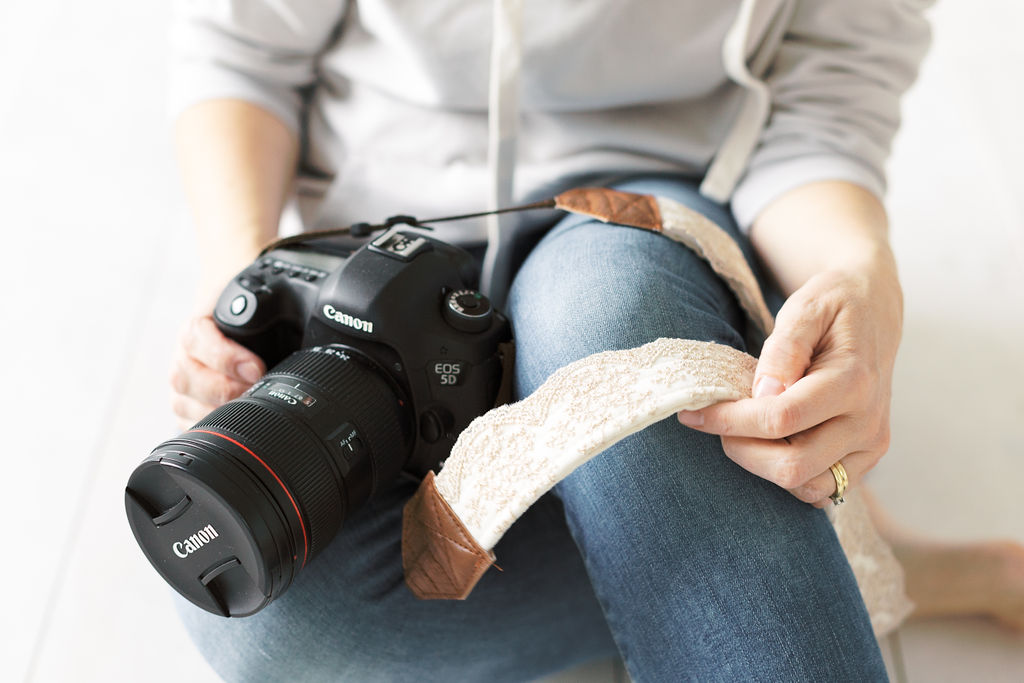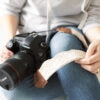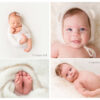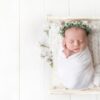Your Guide to Shutter Speed
Shutter speed is the length of time that your shutter is open at a given setting on your camera. It’s that classic click you tend to hear when you take photos (or not if you turn that off for newborn sessions!).
Related Posts:
Camera Settings for Newborn Photography – Aperture for Digitals
Tip #2 Proper Lighting for Newborn Photography
Tip #3 Positioning Baby For Perfect Digital Background Composites
Shutter Speed For Newborn Photography
Shutter speed varies from very fast to very slow, depending on what you are looking to achieve.
The shorter the shutter stays open, the less time light is allowed in. This means that you can capture the quick movements of a toddler or someone doing sports or another activity. On the other end, the longer the shutter stays open, a longer amount of motion will be captured. For newborns this is great as they are sleeping and you are only trying to capture the details of their face or resting body and wanting the remainder of the image to melt away (appear blurred-bokeh). If you are taking sports photos the movement will appear to be blurred as the lens is capturing more time that has passed with the person in action with the shutter open.
When we are using a strobe light to learn newborn photography (specifically the Einstein that I use) we are very limited to the shutter speed we can use. We can only use a maximum of 1/200. Anything higher will result in a black bar forming across the bottom or side of your images (meaning that the time your shutter is open is not enough to capture the whole image and get the information back to the sensor-known as sync speed).
To take a deep dive into your camera settings please find our Camera Settings Made Easy course materials here.
The right shutter speed is just one of the settings we use to create those creamy bright newborn images. If you have any questions about camera settings, don’t hesitate to email me here!
Warmly, Amanda
Related Posts:
Camera Settings for Newborn Photography – Aperture for Digitals
Tip #2 Proper Lighting for Newborn Photography
Tip #3 Positioning Baby For Perfect Digital Background Composites







